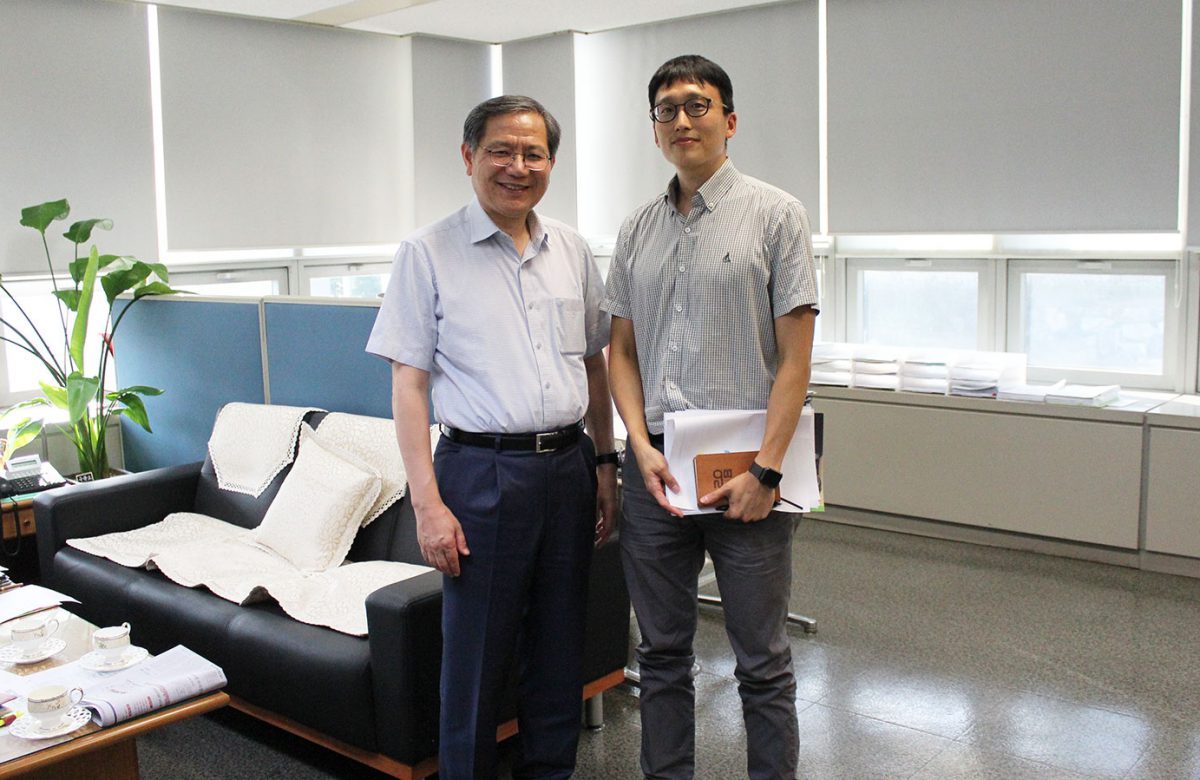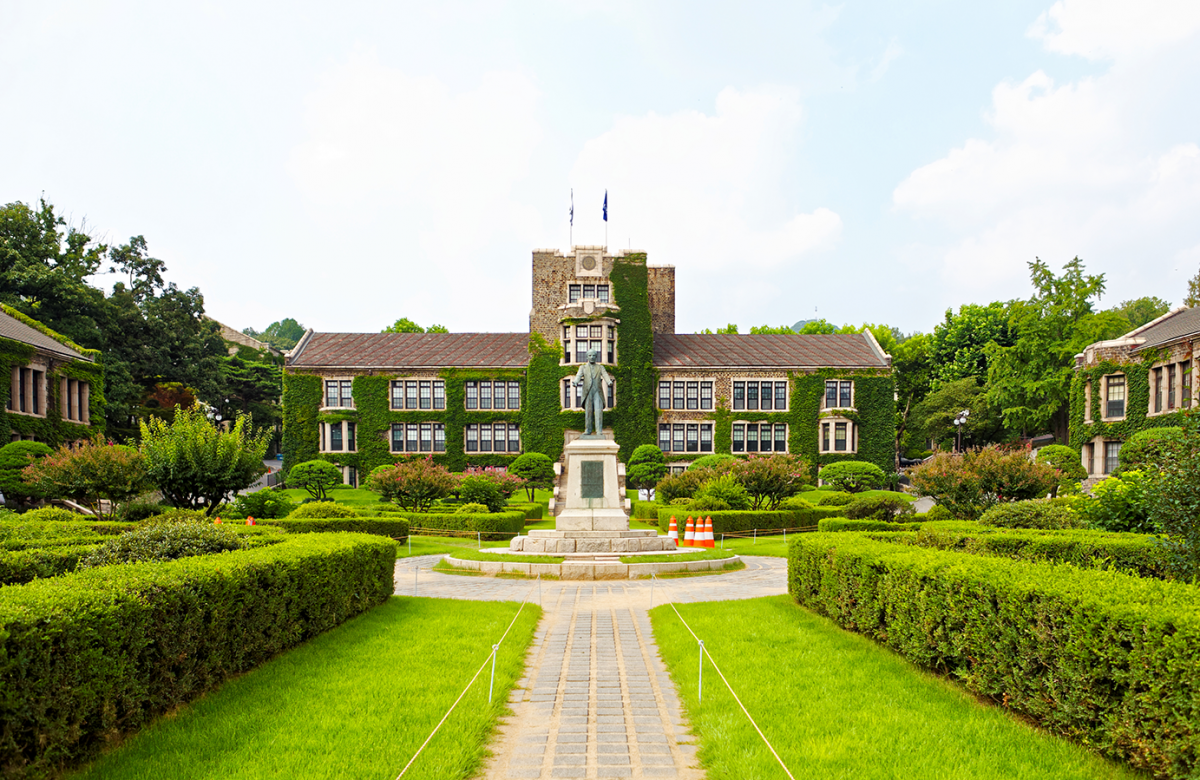Breaking Down THE’s Ranking Methodology
Universities looking to improve their global rank need to understand how ranking systems work.
- UniversityArticleReporting
- May 1, 2019

Improving a university rank is a long process and it’s advisable to do some homework before getting started. THE’s ranking system may give you short- and long-term ideas on making your university more competitive globally.
Understand the components of THE’s scores
THE’s university ranks are determined by five parameters: Teaching, Research, Citation, Industry Income, and International Outlook. The first three carry a weight of 30% each—that’s a combined weight of 90%. Each component is based on multiple metrics, some provided by the universities themselves and some sourced from Elsevier’s Scopus (the largest abstract and citation database of peer-reviewed literature).
Teaching (30%): The score of the Academic Reputation Survey, a questionnaire-based survey conducted by THE every year, accounts for 50% of the Teaching score. The remaining population- and income-based data are provided by the universities themselves.
Research (30%): This is a combination of data from the Academic Reputation Survey, the university’s own data, and the Scopus data. The research income declared by universities is based on the income earned by the researchers. Research productivity is a mix of the university’s data and Scopus data.
Citation (30%): The Citation score is based on the last 5 years of citations from Scopus. To improve this score, the support of faculty members is needed, but the university management can take many steps on publication policies to influence the score.
International Outlook (7.5%): While the weight of this score is lower than that of the above three components, International Outlook may be easier for university management to influence through multiple internationalization initiatives. The population-based data are provided by universities.
Industry Income (2.5%): This score is solely based on the data provided by each university, so how you define industry income and academic staff has a bearing on the score.
A university we interviewed told us that they saw a marginal improvement in their rank after they corrected basic errors in the data they provided to THE. Income- and population-related data; how to define and count students, staff, academic staff, and the percentage of international members; or the extent to which institutional income should be included would differ in each university, and such differences would have an impact on the ranking.
The Academic Reputation Survey is an indicator of the prestige of universities in research and teaching. The score of the Academic Reputation Survey accounts for 33% of the total scores (forming the biggest component of the ranking methodology). THE randomly chooses the survey respondents from researchers across subjects and locations, and the number of responses is typically over 20,000. The recipient is asked two basic questions, as shown below.
Academic Reputation Survey to gauge universities’ creativity
Renowned global universities with a long history and strong brand tend to get a higher score, and Asian universities, with relatively shorter history than their Western counterparts, tend to be ranked low. However, since the survey does not have any restrictions on the university the respondents can select, universities have the opportunity to promote themselves and improve their score. Universities with a high recall value are those that have more international research collaborators, foreign faculty members, visiting researchers, and foreign students; those with faculty members who present their research more actively in international conferences; and those which globally promote research output by their faculty members through PR activities. Many universities invite interns from all over the world to promote the university through word-of-mouth and in the hope that they will return to the university some day as foreign faculty members.
This is how you create recall value among the survey respondents. There isn’t one way to influence the rank. Universities need to take up multiple initiatives.
This article is part of ScienceTalks Magazine issue The Robust Transformation of South Korean Universities.




